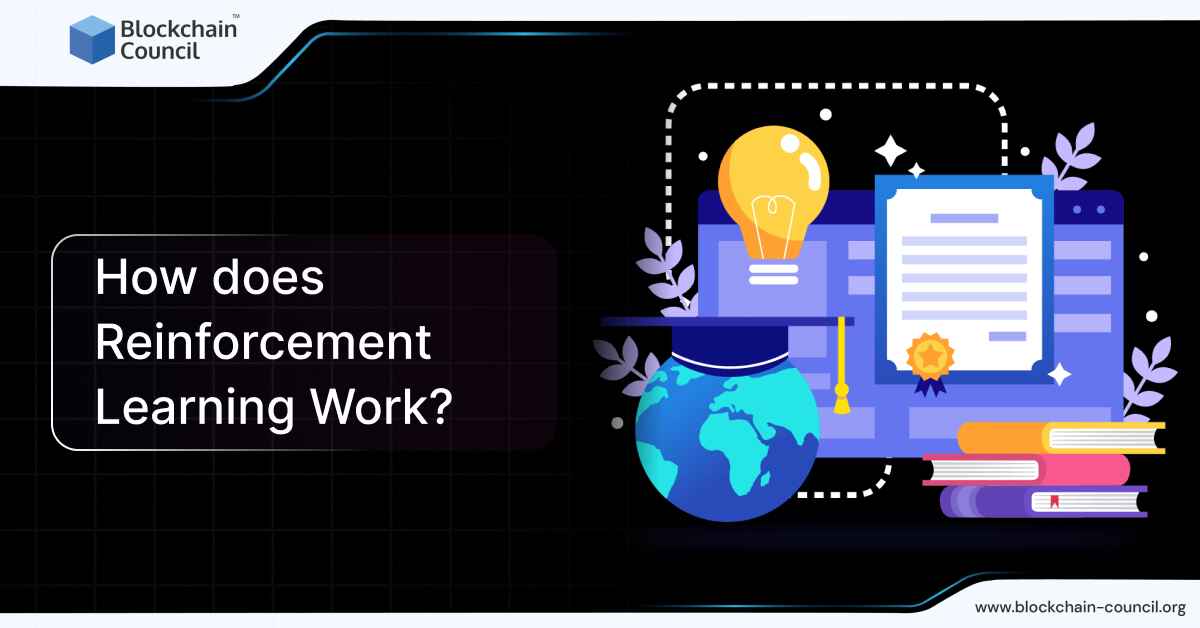
- Blockchain Council
- January 16, 2025
In the world of artificial intelligence (AI), Reinforcement Learning (RL) stands out as a game-changer, reshaping how machines learn and improve. This article breaks down RL, explaining how it works and why it matters in machine learning. Unlike traditional methods, RL involves learning through trial and error, where machines learn from their interactions with the environment. This approach not only gives machines data but also real-life experiences, helping them make smart decisions to maximize rewards over time. RL finds applications in various fields, from navigating complex scenarios to solving tough problems and making predictions in dynamic markets. By the end of this read, you’ll have a clear grasp of RL’s fundamentals and its practical uses, explained in clear terms.
What is Reinforcement Learning?
Reinforcement Learning (RL) is a distinct branch of machine learning where an agent learns to make decisions by interacting with an environment. Unlike traditional machine learning methods where models learn from a given dataset, in RL, there is no dataset provided upfront. Instead, the agent learns from the consequences of its actions through a process of trial and error, receiving rewards or penalties based on the outcomes of those actions. This method allows the agent to self-discover the best strategies to achieve its goals, adapting its behavior based on the feedback received.
RL is grounded in the concept of the Markov decision process, using discrete time steps for decision-making. At each step, the agent takes an action that leads to a new state, learning to navigate the environment effectively to maximize cumulative rewards over time.
Why is Reinforcement Learning Important?
Reinforcement learning is particularly powerful in scenarios involving complex environments where predefined rules might not apply or are too difficult to encode. It excels in areas requiring adaptability and long-term strategic planning. Some key benefits include:
- Adaptability to Complex Environments: RL algorithms thrive in intricate settings with numerous rules and variables. They are capable of discovering new strategies that might not be apparent even to human experts, adjusting to changes in the environment to optimize outcomes.
- Minimal Human Intervention: Unlike supervised learning, which relies heavily on labeled datasets provided by humans, RL agents learn autonomously through their interactions with the environment. This self-learning capability is complemented by the potential to incorporate human feedback, allowing agents to align their learning process with human preferences and expertise.
- Focus on Long-term Goals: RL is designed to prioritize long-term rewards, making it suitable for applications where the consequences of actions unfold over time. This aspect is particularly beneficial for real-world applications like energy management, where decisions have prolonged impacts.
Also Read: Key Features of Reinforcement Learning
Basics of Reinforcement Learning
Reinforcement Learning (RL) stands out as a unique branch of machine learning that focuses on teaching machines to make decisions by interacting with an environment. Unlike traditional approaches, it emphasizes learning from actions and their consequences, navigating the balance between exploring new strategies and exploiting known rewards. This fundamental difference sets RL apart from other machine learning methods, such as supervised and unsupervised learning, creating a distinctive framework for problem-solving.
What are the Key Components of a Reinforcement Learning System?
A reinforcement learning system comprises several core components, each playing a crucial role in the learning process:
- Agent: The learner or decision-maker.
- Environment: The world with which the agent interacts.
- State: A representation of the current situation of the agent within the environment.
- Action: All possible moves that the agent can take.
- Reward: Feedback from the environment in response to an action, guiding the agent’s learning.
The agent’s goal is to learn a policy — a strategy for choosing actions based on states — that maximizes the total future reward. This involves carefully balancing the exploration of new actions with the exploitation of known actions that yield high rewards. Through repeated interactions with the environment, the agent refines its policy, striving for optimal performance.
Reinforcement learning’s versatility allows it to tackle a wide range of applications, from game playing and autonomous driving to robotics and optimization problems. Its ability to learn optimal policies through direct interaction with the environment, without requiring a labeled dataset, opens up possibilities for innovative solutions across various domains.
Working Mechanism of Reinforcement Learning
Reinforcement Learning (RL) is a unique approach within machine learning that focuses on training models to make decisions. It does so by interacting with an environment and learning from the outcomes of these interactions. The process hinges on the model, known as an agent, making decisions, receiving feedback in the form of rewards or penalties, and using this feedback to improve over time. Let’s break down the step-by-step process that encapsulates how reinforcement learning works, using insights from various sources to provide a comprehensive understanding.
Step 1: Interaction Between Agent and Environment
- Define the Problem: Initially, you need to clearly define what you want the RL agent to learn or achieve.
- Set Up the Environment: The environment represents the context or space within which the agent operates and makes decisions. This could be a virtual environment like a game or a real-world scenario like navigating a robot.
- Create an Agent: The agent is the learner or decision-maker that will interact with the environment. It’s equipped with sensors to perceive the environment and actuators to perform actions.
Step 2: Exploration vs. Exploitation
- Exploration: Involves the agent trying out different actions to discover new strategies or solutions that might yield higher rewards. It’s about gathering more information about the environment.
- Exploitation: Focuses on using known strategies that have previously resulted in high rewards to maximize the cumulative reward.
Balancing exploration and exploitation is crucial for the effectiveness of an RL agent. Too much exploration can lead to missing out on known, high-reward actions, while too much exploitation can prevent the discovery of potentially better strategies.
Step 3: Learning Through Trial and Error
- Start Learning: The agent begins its learning process by taking actions in the environment, guided by an initial policy or strategy.
- Receive Feedback: After each action, the agent receives feedback in the form of rewards or penalties, indicating how good or bad the action was.
- Update the Policy: Using the feedback, the agent updates its policy, which is a strategy that maps states to actions, aiming to choose actions that maximize future rewards.
- Refine and Repeat: This process of action, feedback, and policy update continues iteratively, with the agent gradually improving its policy to make better decisions over time.
Also Read: What is Reinforcement Learning (RL)?
Applications of Reinforcement Learning
Also Read: Top 10 Machine Learning Projects In 2024
Advanced Topics in Reinforcement Learning
What is a Reward Signal, and How Does It Work?
The reward signal is the feedback mechanism that tells the agent how well it’s doing at a given task. It’s a crucial element because it directly influences the agent’s behavior, guiding it toward actions that increase the cumulative reward over time. The reward can be positive (reinforcing desirable actions) or negative (discouraging undesirable actions). The ultimate goal of the agent is to maximize this cumulative reward, also known as the return.
Understanding the Role of the Value Function
The value function estimates how good it is for the agent to be in a particular state, considering the expected future rewards. Essentially, it helps the agent predict the total amount of reward it can accumulate from a given state, guiding its decision-making process. This prediction plays a pivotal role in enabling the agent to make informed decisions about which actions to take in different situations.
Exploring the Concept of Q-Learning
Q-learning is a specific type of reinforcement learning algorithm that aims to learn the value of an action in a particular state. It does so without requiring a model of the environment, making it particularly useful for problems where the model is complex or unknown. Q-learning helps the agent evaluate the expected utility of taking a given action in a given state and updating its policy based on this evaluation to maximize the long-term reward.
How Do Deep Reinforcement Learning Algorithms Work?
Deep Reinforcement Learning (DRL) combines deep neural networks with reinforcement learning principles to handle high-dimensional, complex environments. It uses deep learning to approximate the value functions, policies, or models of the environment, enabling the agent to learn from high-dimensional sensory inputs directly. This approach has led to significant breakthroughs, including mastering complex games and improving decision-making in robotics and autonomous vehicles.
Also Read: Top 10 Must-Have Machine Learning Skills
Tools and Libraries for Reinforcement Learning
Several libraries have been developed to facilitate reinforcement learning projects. These libraries offer a range of functionalities, from basic algorithm implementations to complex environment interactions:
A Step-by-Step Guide to Your First Reinforcement Learning Model
- Select an RL Library: Based on the project requirements, choose an RL library that fits your needs. For beginners, KerasRL or Tensorforce might be good starting points due to their simplicity and comprehensive documentation.
- Install the Library: Use pip or another package manager to install your chosen library. For example, for Tensorforce, you would run pip install tensorforce.
- Choose an Environment: Most RL projects start with a predefined environment. OpenAI Gym is a popular choice due to its wide range of environments and compatibility with many RL libraries.
- Define Your Agent: Depending on the library, this step involves selecting an algorithm and configuring it. This might include setting the learning rate, action space, and observation space.
- Train Your Agent: Initiate the training process, where your agent interacts with the environment, receives rewards, and improves its policy over time.
- Evaluate and Iterate: After training, evaluate your agent’s performance. Utilize visualization tools, if available, to analyze behavior and make adjustments as necessary.
- Deploy or Further Develop: Once satisfied with the performance, you can deploy your model or continue developing it for better accuracy or efficiency.
Also Read: Deep Learning vs Machine Learning vs Artificial Intelligence: A Beginner’s Guide
Conclusion
Reinforcement Learning shows how machines can learn, adapt, and grow by interacting with their surroundings. It goes beyond traditional machine learning methods, helping systems make the best decisions in complicated situations. As we explore its basics, workings, and uses, we see how it can change industries and the future of AI. Whether it’s improving personal experiences, managing resources better, or creating self-operating systems, RL makes a big impact. As tech improves, RL will uncover more possibilities, pushing AI’s boundaries. For those interested in the latest in machine learning, RL gives insights into the future and empowers us to shape it.
Frequently Asked Questions
What is Reinforcement Learning (RL)?
- Reinforcement Learning (RL) is a branch of machine learning where an agent learns to make decisions by interacting with an environment.
- Unlike traditional machine learning methods, RL does not rely on pre-existing datasets but learns through trial and error.
- RL involves the agent receiving feedback in the form of rewards or penalties based on its actions, guiding it to make better decisions over time.
- RL is used in various applications such as game playing, robotics, finance, healthcare, and recommendation systems.
How does Reinforcement Learning work?
- RL works through the interaction between the agent and the environment, where the agent takes actions and receives feedback.
- The agent’s goal is to maximize cumulative rewards over time by learning a policy—a strategy for choosing actions based on states.
- RL involves a balance between exploration (trying out new strategies) and exploitation (using known strategies that yield high rewards).
- Through repeated interactions with the environment, the agent refines its policy, adapting its behavior to achieve its goals more effectively.
What are the key components of a Reinforcement Learning system?
- Agent: The learner or decision-maker that interacts with the environment.
- Environment: The world or context within which the agent operates and makes decisions.
- State: A representation of the current situation of the agent within the environment.
- Action: All possible moves that the agent can take.
- Reward: Feedback from the environment in response to an action, guiding the agent’s learning process.
What are some applications of Reinforcement Learning?
- Game Playing: RL is used to train agents to play games like chess, Go, and video games.
- Robotics: RL enables robots to learn complex tasks such as manipulation, locomotion, and navigation.
- Autonomous Vehicles: RL aids in training self-driving cars to make decisions in real-world environments.
- Finance: RL is applied in algorithmic trading, portfolio management, and risk assessment.
- Healthcare: RL is used for optimizing treatment plans, personalized medicine, and medical image analysis.
- Recommendation Systems: RL is employed to optimize content recommendations in platforms like Netflix and Spotify.
- Marketing and Advertising: RL helps in dynamic pricing, personalized advertising, and customer engagement optimization.

































































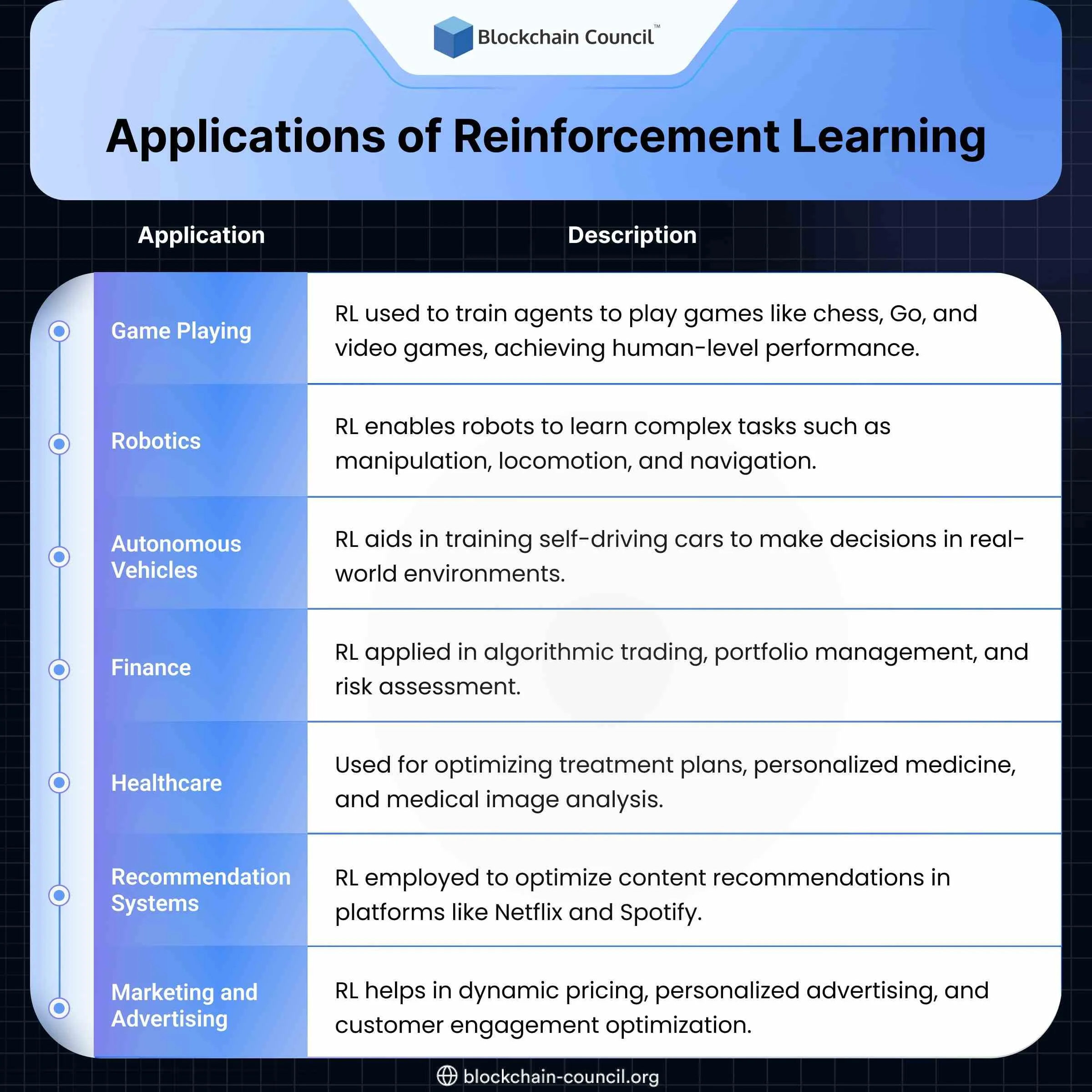
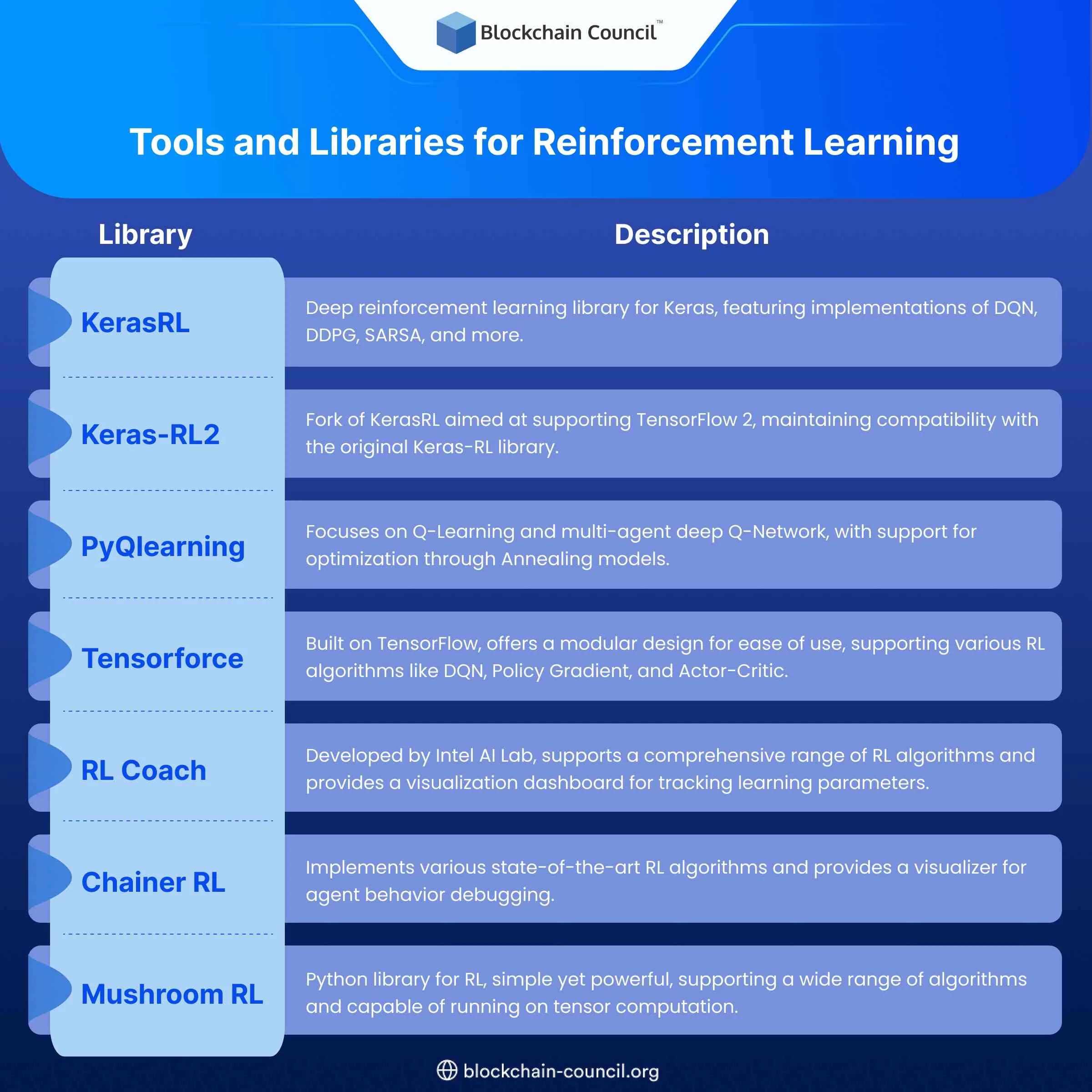
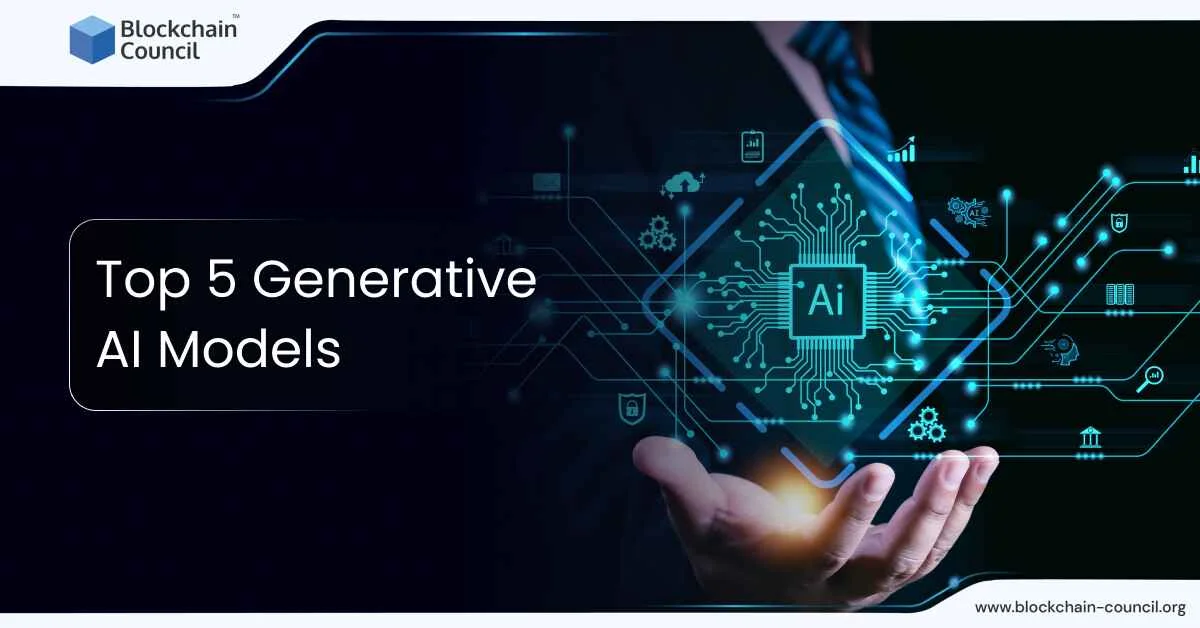
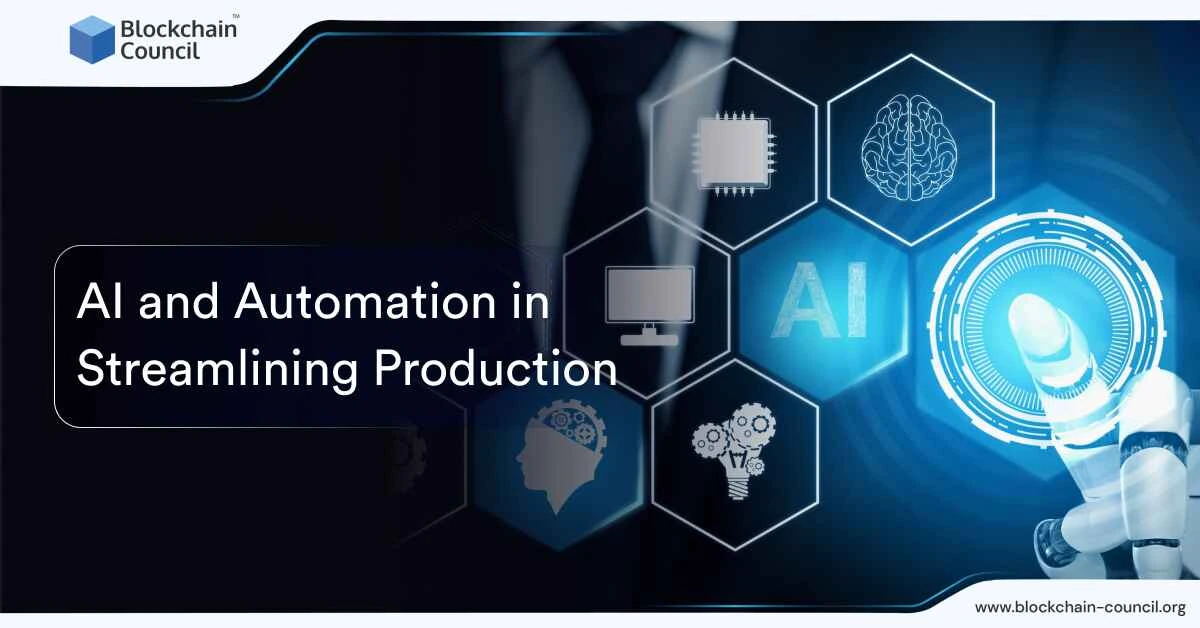

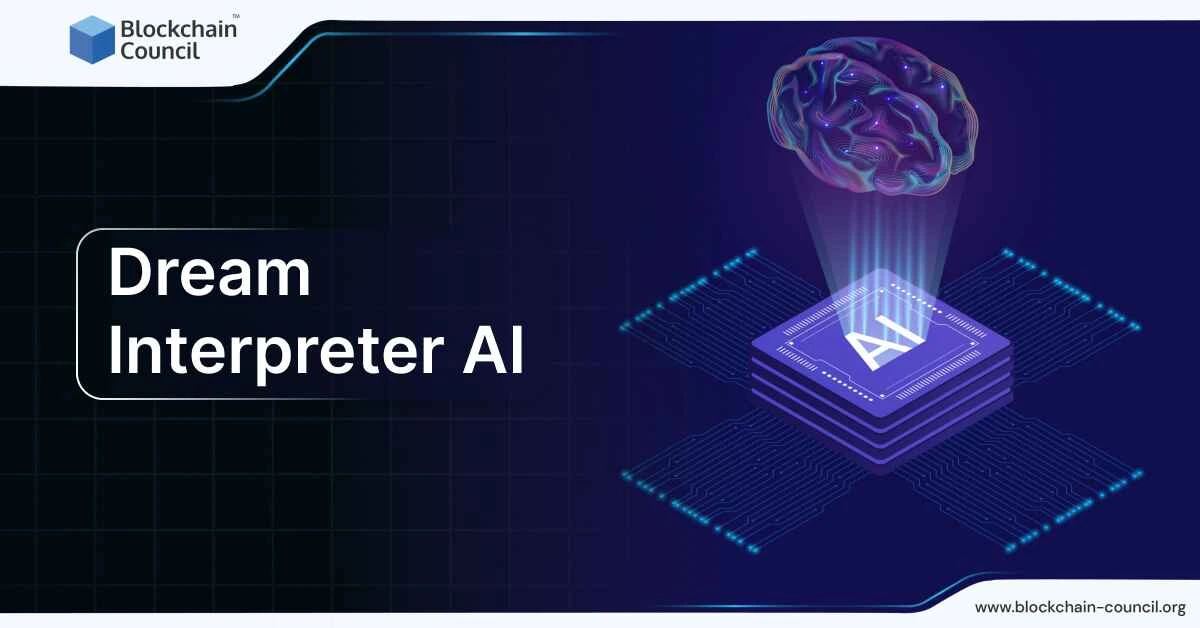
 Guides
Guides News
News Blockchain
Blockchain Cryptocurrency
& Digital Assets
Cryptocurrency
& Digital Assets Web3
Web3 Metaverse & NFTs
Metaverse & NFTs
